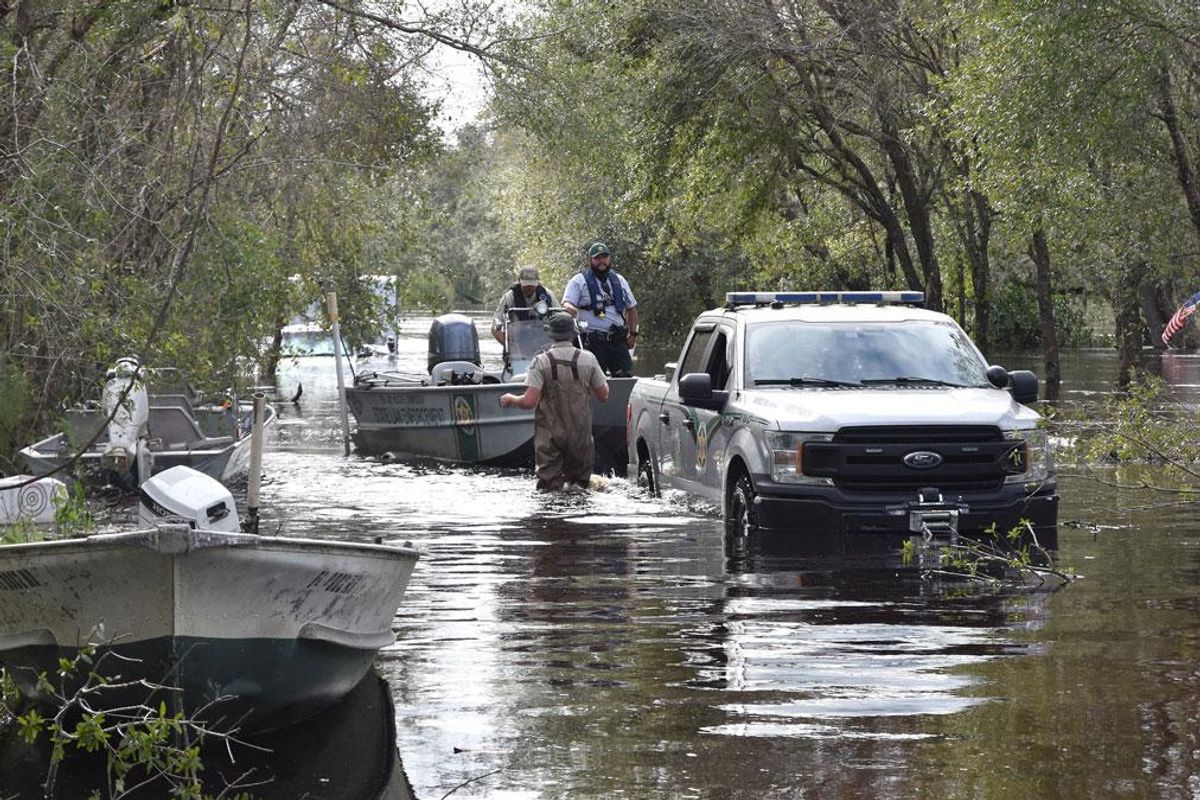
You’ll never guess which U.S. metro area led the nation in the biggest increase in average home sale price from last year to this year.
It was Tampa-St. Petersburg, pride of the Sunshine state. TSP supplanted the longtime leader, the even sunnier Phoenix, in Arizona.
Miami-Dade rose to second on the list, and perennially-high-finisher Las Vegas was not far behind.
So let’s review: the hottest real estate market in the country just dodged a hurricane bullet, as Ian closely followed the destructive path of 2004’s Hurricane Charley, straight up the gullet of a smaller estuary at Punta Gorda and Port Charlotte, plowing over Fort Myers and across the state.
Miami, another hot real-state market, also missed the bullet. The last time the area was hit was in1992, with category-5 Hurricane Andrew, which subsequently triggered a crisis, as private insurers fled the Florida marketplace upon seeing Andrew’s then-unheard-of property damage toll of $40 billion.
Phoenix, the previous king of realty heat, is breaking its own records for thermal heat; and Las Vegas, a principal realty rival for Phoenix, also competes with the former for disappearing Colorado River water. The mighty river’s dwindling water supply may soon bring crisis to both cities, Southern California and a good slice of the U.S. food production.
We’re staring at an American mystery: We’re clamoring to live in our own future Atlantis, or in our own parched, broiling desert.
The strange phenomenon happens in not-so-hot markets, too: Take Fort Myers and Cape Coral, which suffered far worse from Hurricane Ian. Their Lee County is part of a relentless push toward living on the imperiled coast. In the 1950 census, Lee County had 23,211 citizens. Now, it is home to 787,976 people – meaning there are 34 times as many people in harm’s way than there were in 1950.
Florida’s lucky ones

One more thing about the good people of Tampa Bay: they didn’t just dodge a bullet when Hurricane Ian fooled forecasters and made landfall to the south, they dodged another hurricane bullet. The area is running a 101-year lucky streak, with the last direct hit coming in 1921.The bay is a large, south-facing estuary. A bullseye shot from a major hurricane would guarantee massive wind and surge damage.
In the 1920 census, Tampa’s Pinellas and Hillsborough counties had a combined population of 88,257. Today, they’re at 2,434,809 –this means that a century later, there are more than 27 times as many people, and a corresponding number of schools, hospitals, Burger Kings and more. All on the same amount of land, with the same amount of shoreline, at the same precious few feet above sea level.
That’s where sea level is right now, anyway. Within a few decades, we’re told that sea level rise will
have Duval Street in Key West permanently under water. Collins Avenue in Miami Beach and Biscayne Blvd.: gone. Parts of MacDill Air Force Base in Tampa, better suited for a Navy Yard. The ground surrounding Cape Canaveral’s historic launch pads, a tidal flat. The check-in desk at Mar-a-Lago will be a wading pool.
Passive accomplices
Yet Florida’s ambitious governor can’t bring himself to mention climate change. Nor can he pack Hurricane Ian onto a chartered jet and ship it up to an affluent resort in the Northeast. Florida’s two U.S. Senators, Marco Rubio and Rick Scott, can’t mention it either.
Scott preceded Ron DeSantis as governor. He reportedly blocked all state employees from mentioning climate change (Scott has denied this). I watched Scott do two extensive one-on-one interviews on Wednesday. He didn’t mention climate or sea level rise, nor did the interviewers call him out on it.
I don’t buy the “too soon” response that the NRA trots out after every mass shooting. Climate change will continue to be the “active shooter” in every storm, heat wave and drought that afflicts us.
We need to treat it that way, and talk about it. Now.
Peter Dykstra is our weekend editor and columnist and can be reached at pdykstra@ehn.org or @pdykstra.
His views do not necessarily represent those of Environmental Health News, The Daily Climate, or publisher Environmental Health Sciences.

